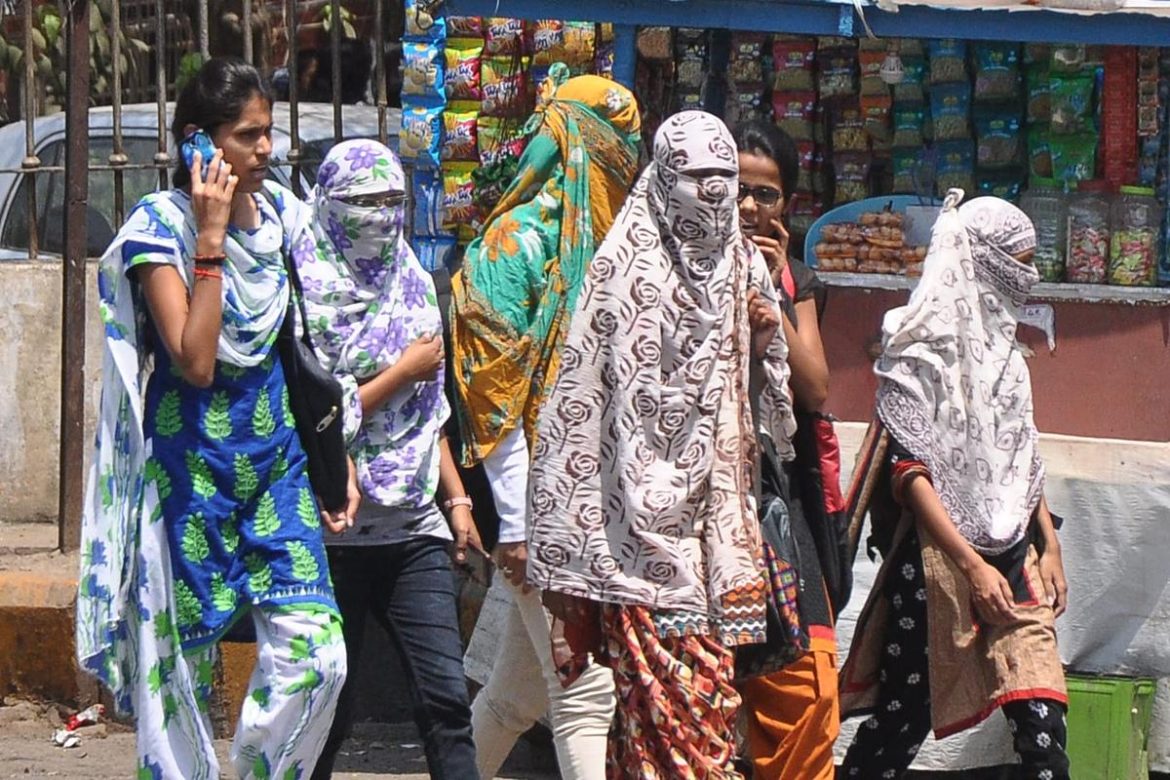The India Meteorological Department (IMD) has forecast a harsh and arid summer over a majority of regions of the country during April- June, with a high probability of heatwave episodes lasting as long as 10 to 20 days during the period.
Summer season will begin on a warm note with day temperatures during April likely to remain significantly high over Madhya Pradesh, north and coastal Maharashtra, Karnataka, Kerala, Lakshadweep, Andaman and Nicobar islands, Telangana, Andhra Pradesh and Odisha. Heatwave spells lasting for 2 to 8 days (against a normal of 1-3 days) are most likely to affect Andhra Pradesh, Saurashtra-Kutch, Maharashtra and western regions of Madhya Pradesh this month.
This month, performance of the pre-monsoon rainfall shall be below average, mainly over coastal India, eastern and south peninsular India, thereby continuing the dry trend since February over these regions.
“Most regions in the country will experience above normal maximum temperatures during the summer season this year. Jammu and Kashmir, Himachal Pradesh, northern Odisha, adjoining Gangetic West Bengal and eastern India regions could experience normal or below normal temperatures,” said Mrutyunjay Mohapatra, director general, IMD, during the release of the temperature outlook for April-June season on Monday.
There is a high probability of heatwave episodes lasting as long as 10 to 20 days (against a normal of 4 to 8 days) during the upcoming three months, the IMD said. Rainfall associated with pre-monsoon conditions are expected to be below normal over most regions; aridity and shortage of water will add to the overall increased heating forecast during the summer season this year.
Rajasthan, Gujarat, Saurashtra-Kutch, Maharashtra, north Karnataka, Andhra Pradesh and Odisha will experience extreme high day temperatures and heatwaves this summer. More importantly, there will be higher than normal heatwave spells during April to June, the Met department has warned.
The El Nino conditions — the abnormal warming of the sea surface recorded along the equatorial Pacific Ocean — had commenced last June. After peaking in December last year, El Nino conditions had begun to ease, but warm conditions continued to prevail and significantly drove up the global temperatures. El Nino conditions are known to suppress rainfall over India and increase temperatures, globally.
“We cannot attribute a single phenomenon for the prolonged heatwave spells. But during El Nino years, the number and intensity of heatwaves remain higher than normal,” Mohapatra explained.
Multiple global climate models have forecast that the ongoing El Nino conditions will wane off completely and be replaced by El Nino Southern Oscillation (ENSO) neutral conditions by June, when India’s southwest monsoon onset is realised.
During February and March, the southern peninsular India had experienced hotter than normal weather conditions. Heatwave conditions were reported from Maharashtra, northern Karnataka, Saurashtra-Kutch and parts of Rajasthan during late March. The maximum temperatures recorded during the past week reached 42.6 degrees Celsius in pockets of Akola in Maharashtra and Phalodi in Rajasthan.
👉 Click here to read the latest Gujarat news on TheLiveAhmedabad.com




